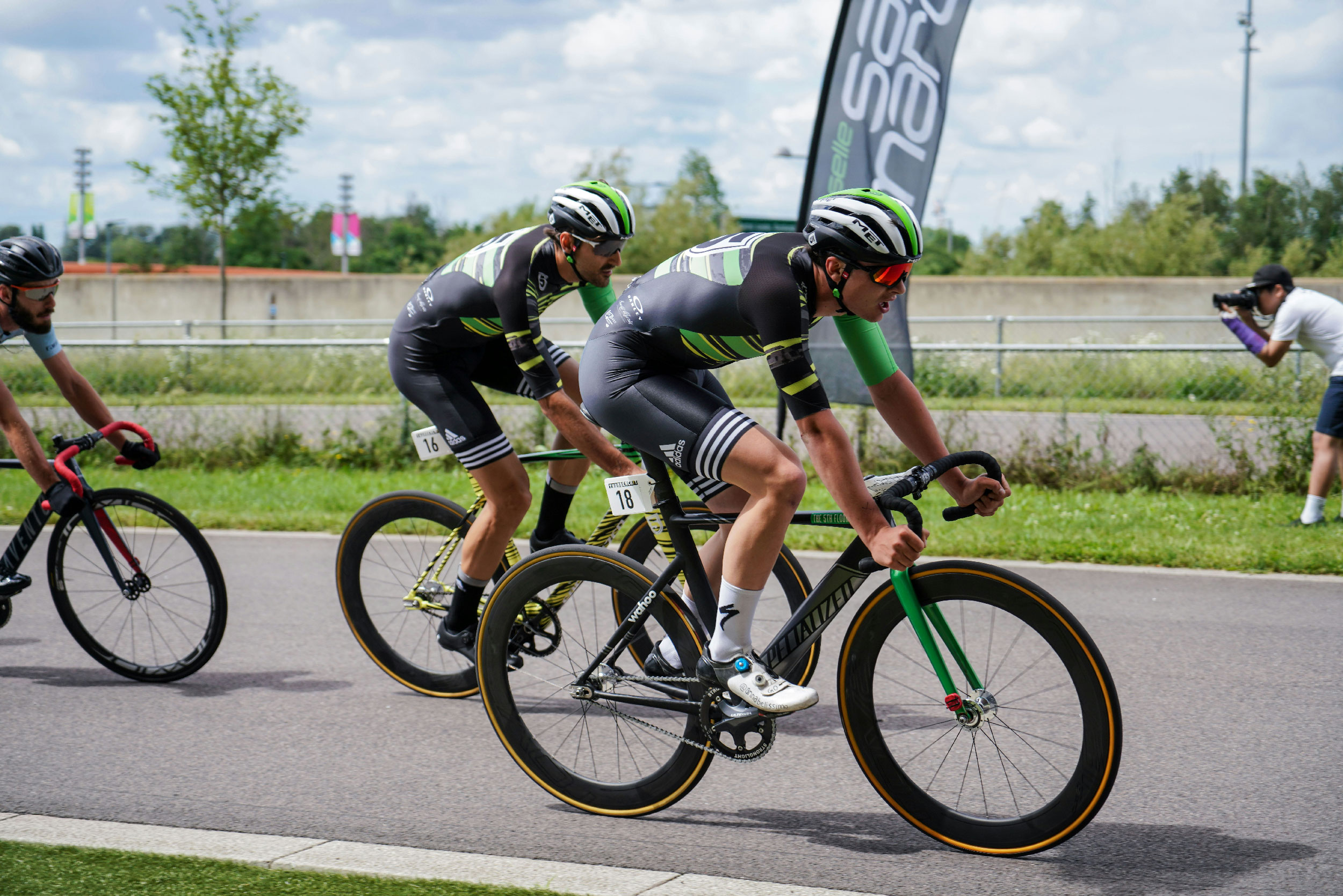
The components that define the strength training load
When we enter the world of resistance sports training such as cycling, it must, In this case we will talk and focus on strength training.
To talk about force we will first have to define the training load that will be a set of biological stimuli that appear after the interaction of different components and guide the adaptations produced in magnitude and direction.
These components could cite them as follows and define them quickly:
- Intensity how could the magnitude of resistance to beating and speed be.
- WORK VOLUME as is the number of sessions, series and exercises.
- Interaction between volume and intensity what would be the character of effort, speed loss and effort index.
- Rest time Among the repetitions, series or sessions.
- Exercise and order typology Of them as can be free or guided weight, Full or partial movement range ...
With the manipulation of these components we can design a great variety of training protocols for the improvement of the strength performance of any cyclist.
It is of the interaction between the volume and intensity where we can determine what manifestation of force we are working and how the preparation of this cyclist evolves.
This interaction will be controlled by two great trends that we as trainers defend and justify.
- Control the speed of execution and loss of this within the series. With this we can measure neuromuscular demands as the effect of training will depend on the speed at which the loads move. Depending on this speed we will obtain the improvement and adaptations produced in the athlete's body.
To control this speed, you have to have a linear encoder that would be the most precise way to control this speed through a device that measures it in real time of each repetition. - Effort character (CE). It is especially applicable to rep/series. Is determined by number of repetitions per series that are not made. We must indicate the total number of repetitions or possible and the number of repetitions made. In this case, If you do not have encoder as it is in most cases, It is programmed by CE where if a high knowledge of the athlete itself is necessary to be able to adjust the repetitions well.
Focusing on this EC we will follow some general recommendations, In this case, a progression in terms of intensity and number of series and repetitions to start strength training could go for example from:
2 x 6 rep (30) – 3 x 8 (24) – 3 x 6 (20) – 2 x 4 (16) – 4 x 4 (12)
We understand the value in parentheses as the maximum number of repetitions that the subject can perform with that number of repetitions.
With the manipulation of this CE, recovery time and other elements we can achieve the desired progression for the improvement of the applied force of the subject and at the same time, Your performance on top of the bike.
Prepare your great fund II
He 2022 has started and perhaps you still haven't set a big goal or simply the date it is
Power modeling
Power modeling is nothing more than a prediction and interpretation of the power generated during
Maximum oxygen volume or VO2MAX
It is one of the most valued values in the endurance athlete's stress test., you put





